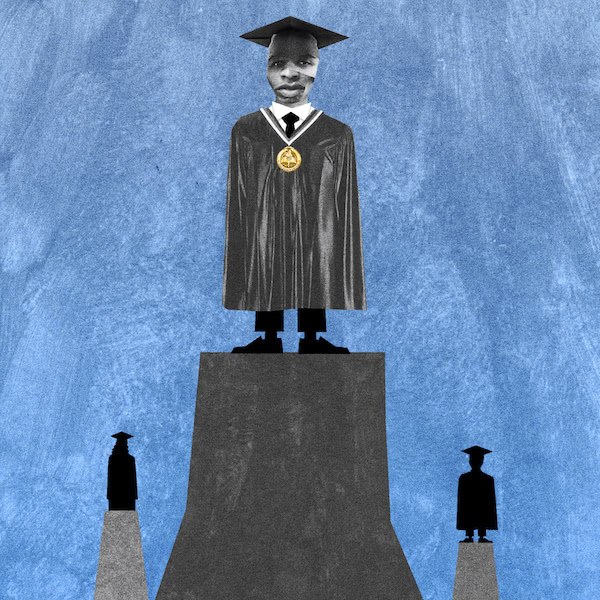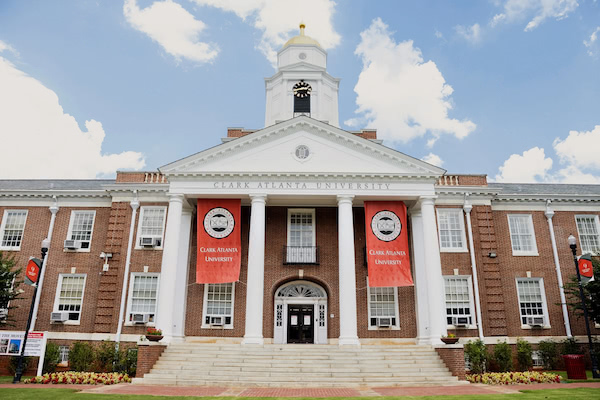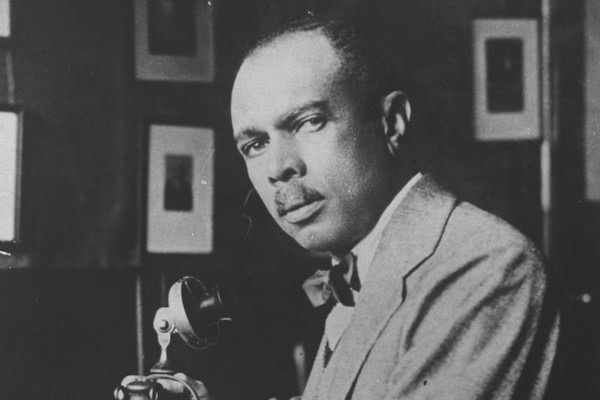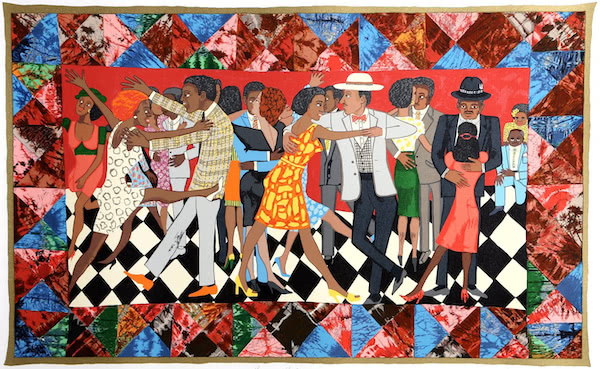Black Valedictorians and the Toxic Trope of Black Exceptionalism
Samuel Getachew in an essay for The New York Times:
I was in the sixth grade in 2014 when a high school senior named Akintunde Ahmad appeared on “The Ellen Show” and announced that he had committed to attend Yale University. After graduating from Oakland Technical High with a 5.0 grade-point average and receiving acceptances to a number of top universities, he had become a bit of a hometown hero, featured in articles that upheld him as an “inner city” success story.
Five years later, Mr. Ahmad offered his perspective on the fanfare that had surrounded him as a teenager: “My story is told as though it is a positive one, inspirational,” he wrote in The Atlantic. “But I see it as a grim one, the tale of a harsh reality that wrecks people. There is nothing positive about classifying me as an exception. When a person is exceptional for doing what I have done, the whole system is cruel to its core.”
Historically Black Colleges Finally Get the Spotlight
Stephanie Saul, reporting for the Times:
And money is pouring in. The philanthropist MacKenzie Scott has given more than $500 million to more than 20 historically Black colleges in the past year. Google, TikTok and Reed Hastings, the co-chief executive of Netflix, have given $180 million more. Lawmakers on Capitol Hill delivered more than $5 billion in pandemic rescue funding, which included erasing $1.6 billion in debt for 45 institutions.
The donations, hirings and government money seem to signal a belated epiphany, a sudden recognition of the importance of the nation’s 100 historically Black colleges, which have educated Black Americans when other institutions openly, or subtly, would not.
‘Boyz N the Hood’ at 30: A Vivid Examination of Racism at Work
Lawrence Ware for the Times:
On the surface, the film appears to be about Black crime and Black children coming of age, but just outside the frame Singleton is saying something more. Systemic racism is the real villain in this movie. It is a theme that he would revisit both in “Poetic Justice” and “Rosewood.” […] The characters’ choices start to make sense. They are either embracing the chaos that surrounds them or trying to escape it.
James Weldon Johnson
NAACP:
Johnson left the diplomatic world to join the civil rights movement in 1916 as a field secretary for NAACP, where he helped open new branches and expand membership. He also campaigned for a federal anti-lynching bill and spoke at the 1919 National Conference on Lynching. In 1920, Johnson became NAACP executive secretary, a position he used to fight against segregation and voter disenfranchisement in South.
The NFL announced this week that it will play the civil rights leader’s Lift Every Voice and Sing before the start of this season’s games.
Faith Ringgold’s art of fearlessness and joy
CBS Sunday Morning profiles the 90-year-old artist and activist:
I have kind of forgotten the sharp feeling I used to get of being rejected, and maybe it has to do with being left out so many times: ‘All right, go ahead, leave me out if you want. I’ll come in another door!’
An astonishing Ringgold mural, Die, is on permanent display at MoMA. I must have stared at it for 20 minutes, taking it all in.
‘Vapors’
Can you feel it, nothing can save ya
For this is the season of catching the vapors
And since I got time, what I’m gonna do
Is tell you how this spreaded throughout my crew
Thanks for reading. See you next week.





